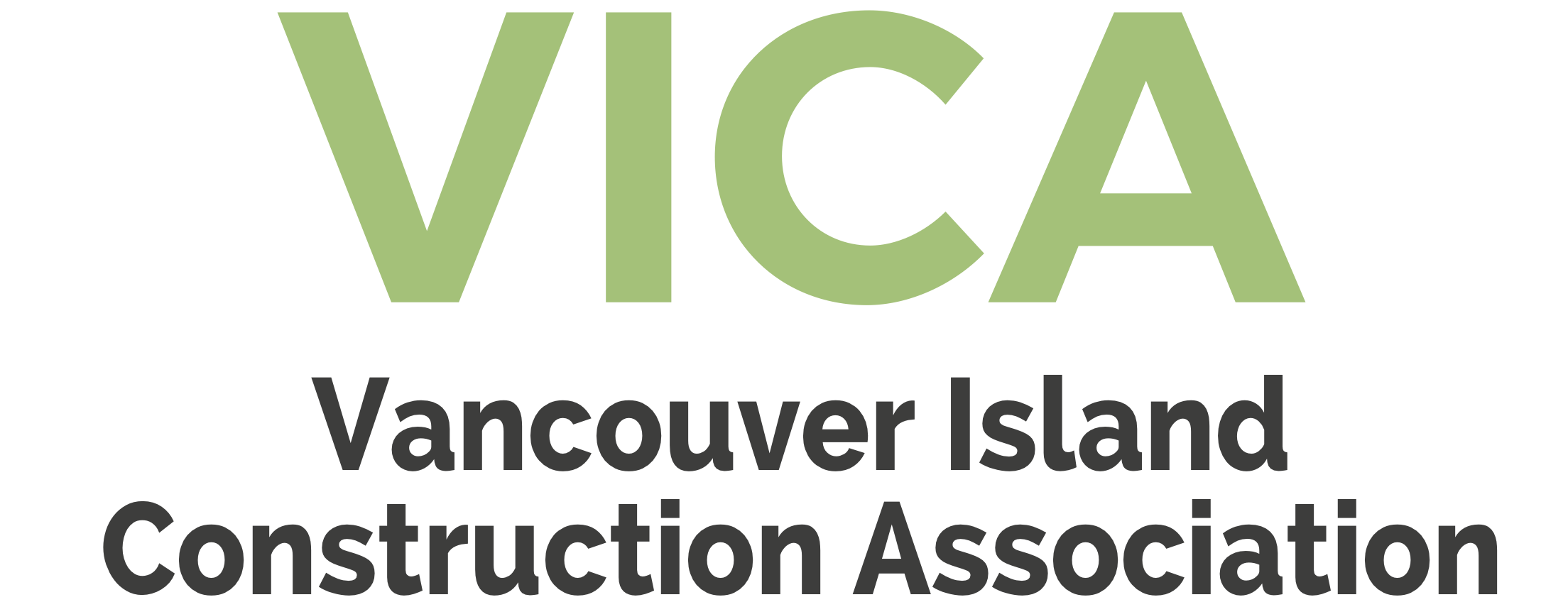Construction File:
Dangers of Owner-Supplied Equipment
A disturbing trend is emerging in public construction. Increasingly, owners are making the decision to supply their own equipment and material for construction projects. While at first glance there may appear to be economical advantages to the owner, the reality is, in most cases, the risks and the costs as- sociated that decision far outweigh the bene- fits.
In some instances it may be a sensible decision for an owner to furnish items that would normally fall to the contractor to provide. There may be a legitimate and clear price advantage or there may be a tight construction schedule and a long lead-time needed for the purchase of items. Prior to making the decision to supply equipment or materials, however, the owner should consider the potential problems that could arise.
For example, what are the consequences of late delivery? If the project does not proceed on schedule there will clearly be costs to the owner. Contractors are experienced at purchasing construction equipment and mate- rial. They are cognizant of the necessary delivery schedules, degree of assembly, installation needs and other physical requirements of a project. In choosing to supply his or her own material, the owner overlooks that valuable expertise. Instead, the owner is faced with additional responsibilities and liabilities.
What if materials are defective? If the owner supplies the material, they also take on this risk. When materials show up damaged or go missing the cost of rectifying the problems and the effect this may have on scheduling fall squarely on the shoulders of the owner.
As for achieving a cost benefit, the owner needs to be careful of unintended consequences. A contractor’s markup is more likely to increase when purchasing requirements are minimal, as this becomes the only avenue for achieving a profit. A contractor stays competitive by using his purchasing power for multiple projects. He or she is able to obtain lower prices thanks to the greater volume of product being purchased. Also, owners should factor in the costs of establishing and managing a purchasing department, servicing equipment and storing materials, all costs that would otherwise be carried by the contractor.
Owner-furnished equipment and materials have a very high potential for causing claim situations. Late deliveries, defects, and non-compliance with the contract requirements can delay and disrupt the project which in turn will lead to claims for the costs of corrective or additional work and schedule extensions. It only takes one serious claim to quickly evaporate any savings achieved.
We recommend that owners consider carefully their option to supply equipment and material on a construction project and that they use that option only in special circumstances such as when long delivery times are anticipated.
The Construction File is a publication of the BC Construction Association.
For additional information contact the BCCA.









